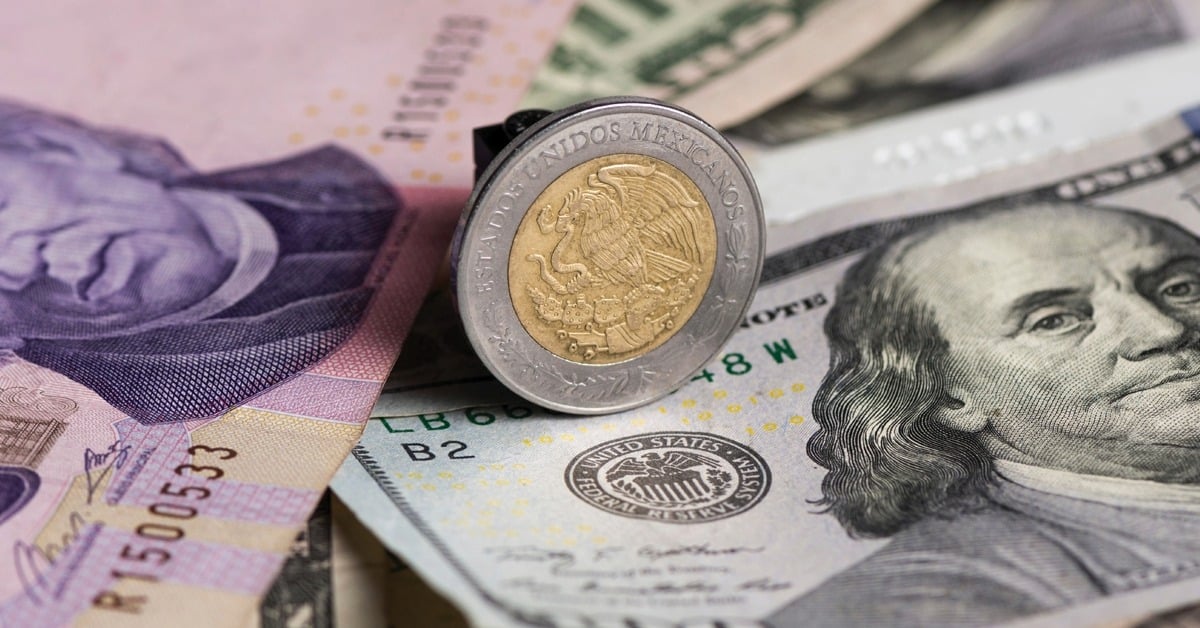The peso depreciated against the dollar Wednesday as the Fed held rates. Strong US GDP and private payrolls fueled the greenback, while local growth fell short . . .

The peso depreciated against the dollar Wednesday as the Fed held rates. Strong US GDP and private payrolls fueled the greenback, while local growth fell short . . .
